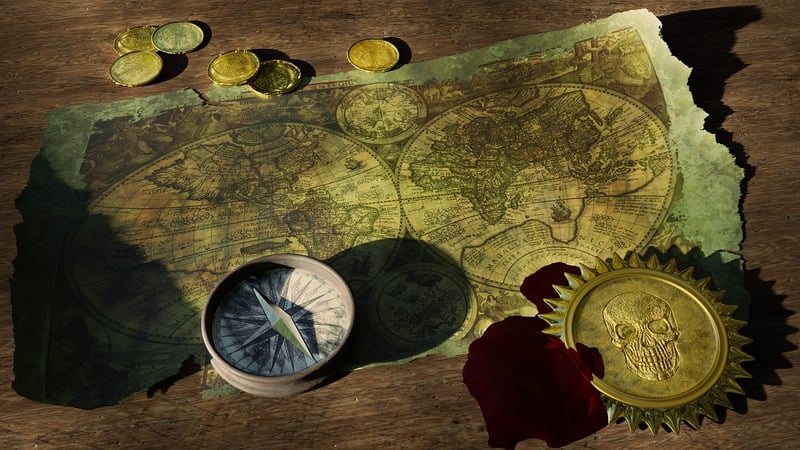Historical Navigators
Unlocking the Secrets of Temporal Navigation Through the Eyes of Historical Navigators
Temporal navigation, the art of finding one's way through time, has captivated the minds of explorers, scientists, and philosophers throughout history. By studying the techniques and experiences of historical navigators, we can gain valuable insights into this enigmatic skill.
The Pioneers of Temporal Navigation
One of the most renowned historical navigators skilled in temporal navigation was the legendary John Harrison. His revolutionary marine chronometer paved the way for accurate long-distance sea voyages by enabling sailors to determine their longitude with precision.
Learning from the Stars
Astronomical navigation played a crucial role in the quest for temporal accuracy. Ancient civilizations such as the Ancient Egyptians and the Maya meticulously studied the movements of celestial bodies to create calendars that aligned with cosmic events.
The Art of Cartography
Maps have been essential tools for temporal navigation throughout history. Visionary cartographers like Gerardus Mercator revolutionized mapmaking, allowing navigators to chart their course accurately across both space and time.
Exploring Time Travel
While time travel remains a topic of science fiction, the concept has intrigued thinkers for centuries. Visionaries like H. G. Wells explored the possibilities of temporal navigation through their literary works, inspiring generations to ponder the mysteries of time.
Unveiling the Mysteries of Temporal Navigation
By delving into the legacies of historical navigators and their innovative methods, we can deepen our understanding of temporal navigation and its profound impact on human history. From ancient stargazers to modern-day scholars, the quest to unravel the secrets of time continues to drive exploration and discovery.


